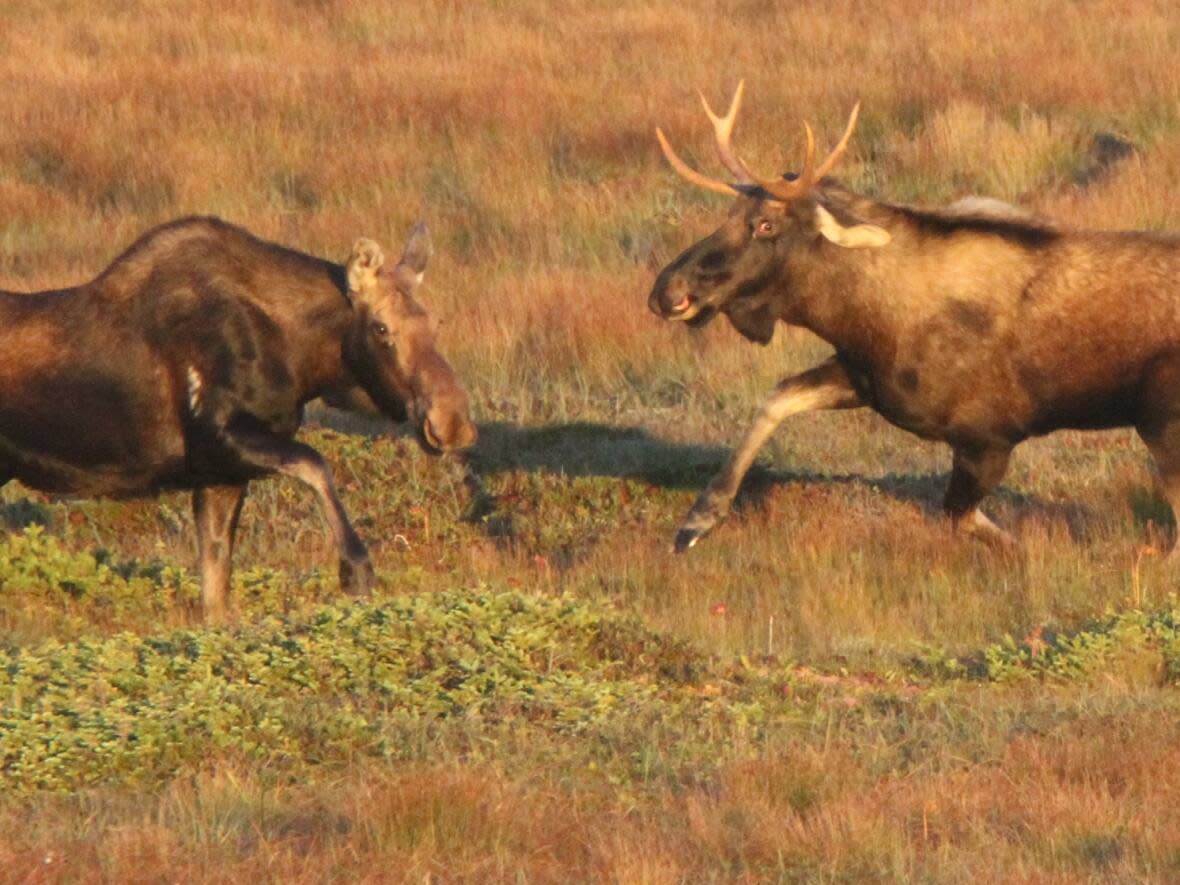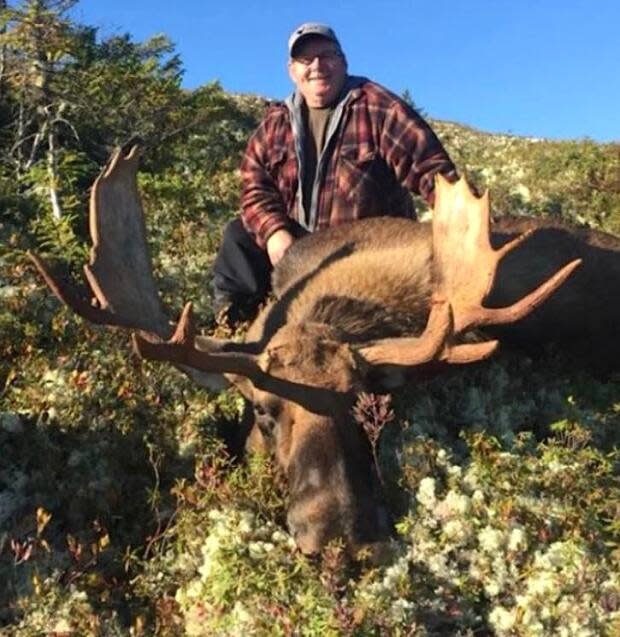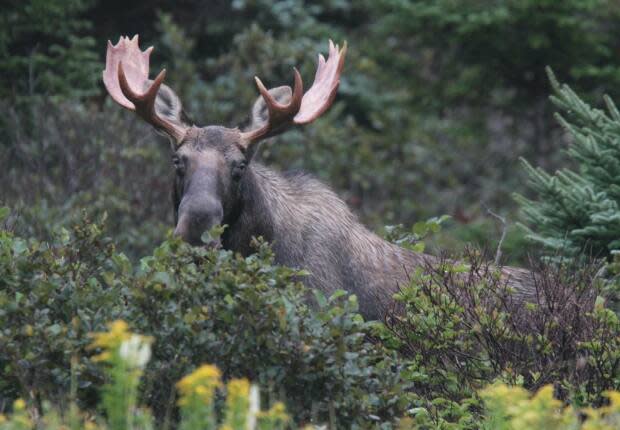Moose in N.L. are 'just not there anymore,' and we hunters should be worried

This column is an opinion by Gord Follett, former editor of Newfoundland Sportsman. For more information about CBC's Opinion section, please see the FAQ.
Through conversations with local hunters as well as my own experiences over the years, there was no doubt that the number of moose in Area 36, the Southern Shore, is significantly less than what it used to be.
I also knew that 1,300 licences a year were far too many to sustain anything remotely close to a healthy population in this scenic southern section of Newfoundland's Avalon Peninsula.
Yet I still listed Moose Management Area (MMA) 36 as my first choice on the 2021 big game application, primarily because it was relatively close to home and I could make "day trips" if I wasn't successful on our initial four-day adventure.
"Getting your moose is not gonna be as easy as before," I had been warned by friends from Trepassey, Biscay Bay and St. Shott's. One of those cautioning me was good friend Cliff Doran of Trepassey, an amateur photographer who just a few years earlier would send me new photos of moose from his area every other day from July until October.
"They're not there anymore, buddy; just lettin' you know," he informed me when I messaged in June of '21 to let him know about my "boloney" (bull-only) licence. "I've noticed the population up here dropping bit by bit the last seven or eight years," he added.
OK, so I was prepared to work for this one. No big deal. Spending an extra week or so in one of my favourite parts of the province wouldn't be too difficult now, would it?
But 25 days without firing a shot was a bit friggin' much! I finally called it quits more than a month before the season closed, though it was kinda strange for me not to be trying to squeeze dozens of roasts, packs of ground meat and sausages in my freezer by that time.
I should point out here that the number of licences issued for Southern Shore is down to 1,100 for the coming season, but it's still not enough.

Area 36 — the one I'm most familiar with — is just one of several examples of declining moose populations in Newfoundland, and while I've written at least a dozen articles over the past decade about population concerns in many MMAs, it wasn't until I saw the provincial government's licence allocation for the 2023 season a week or so ago that I decided to pen another.
To the point: 27,575 licences overall for the 2023 season is far too many to be issued in these years of low numbers. That's a meagre 90 licences less than last year, when many were hoping for a cut of at least couple thousand. But it is a reduction nonetheless, the second since Derrick Bragg has been minister of fisheries, forestry and aquaculture.
Last year we welcomed a cutback of 659 licences, compared with an increase of 369 in 2021-22 when Elvis Loveless was at the helm. Looking through other wildlife initiatives over the past couple years, Bragg appears more suited for that division than most ministers before him.
The message I'm relaying here — from speaking to literally hundreds of hunters every year about various MMAs, along with my own experiences — is that the numbers are not what some think they are and we need more drastic reductions in licence allocations.
Are there a few areas with relatively healthy populations? Absolutely. I see and hear about them fairly regularly. Would some hunters tell us they usually see plenty of moose in their area, or that they always get their animal within the first few days of a trip? Most certainly.
Would they and others suggest I not "be so lazy; get outta the truck and go deeper in the woods?" Oh yes, I've heard it before.

But while I may no longer be capable of 10- to 12-hour walks over bogs and barrens, through bush and woods like I used to, I still cover a fair bit of ground on foot and quad.
Before I slowed down a bit physically, I knew of quite a few places to spot moose — be it Southern Shore, Salmonier, Gambo, Northwest Gander — every year, without having to play Rambo to find them.
So, where are these animals today? Where are the moose that we usually saw during the first few days of the hunt? Where are the once-abundant moose of the Bonavista Peninsula, for example? Friends in that area have been telling me for almost a decade that "they're just not there anymore."
Salmonier, (MMA 33) and St. John's, (MMA 35) are prime examples. They each had 2021 "success" rates of — get this now — 32.5 per cent! That's not a success rate; it's closer to a disaster status!
Going through a small stack of annual hunting guides I discovered at home recently, I made note of the yearly success rates from all MMAs combined and found the results quite interesting. A couple of guides were missing from my files, and note that the published results are always from two seasons prior. The current 2023-24 guide, for example, gives overall success rates from the 2021 season:
2008-09: 74 per cent.
2010-11: 72.5 per cent.
2011-12: 71 per cent.
2012-13: 69.4 per cent.
2013-14: 65.4 per cent.
2014-15: 64 per cent.
2015-16: 62.3 per cent.
2016-17: 61.3 per cent.
2019-20: 59 per cent.
2021-22: 57.5 per cent.
The numbers, clearly, don't lie: We either have a population problem here, or our hunting skills are getting worse with each passing year.


